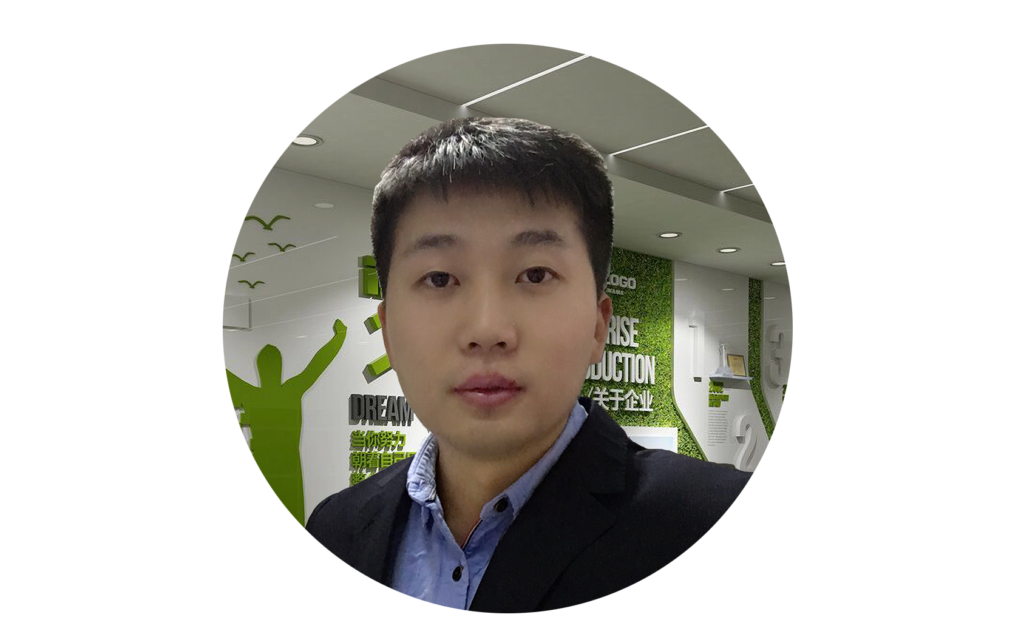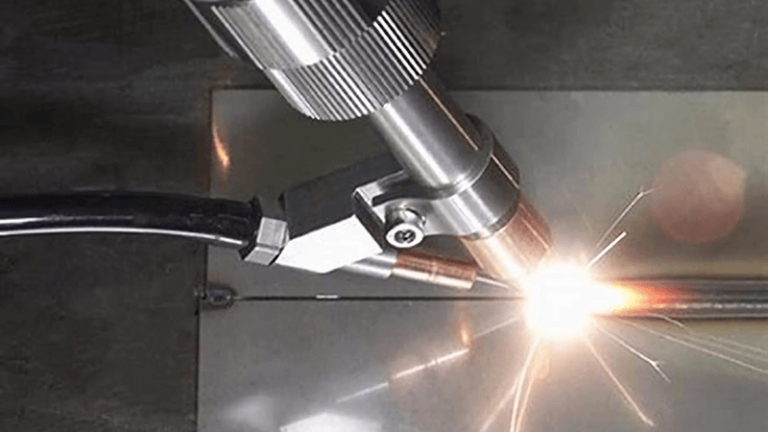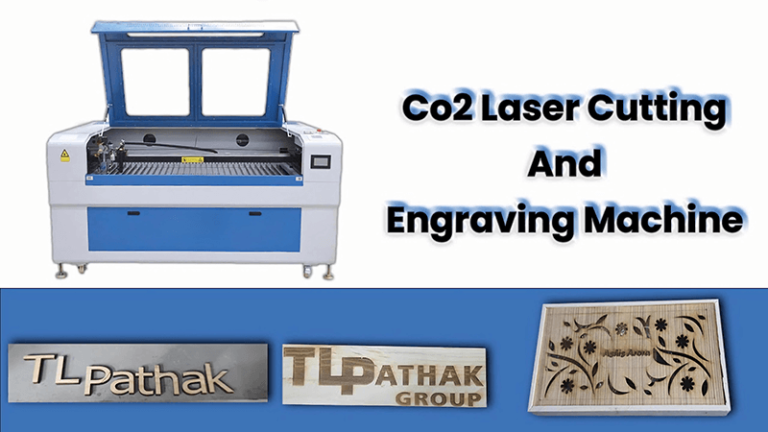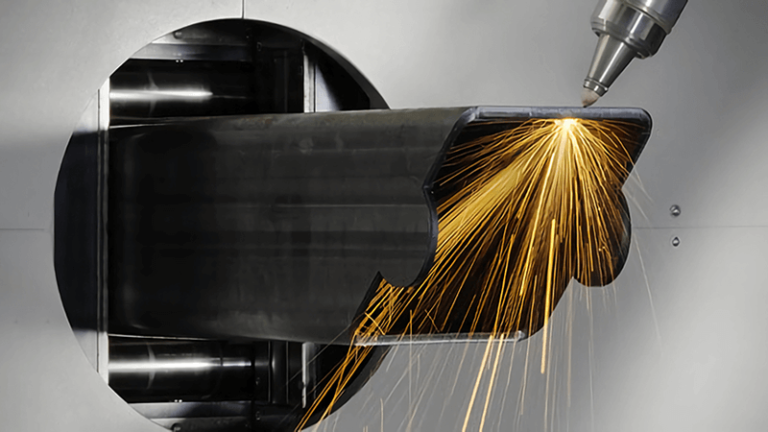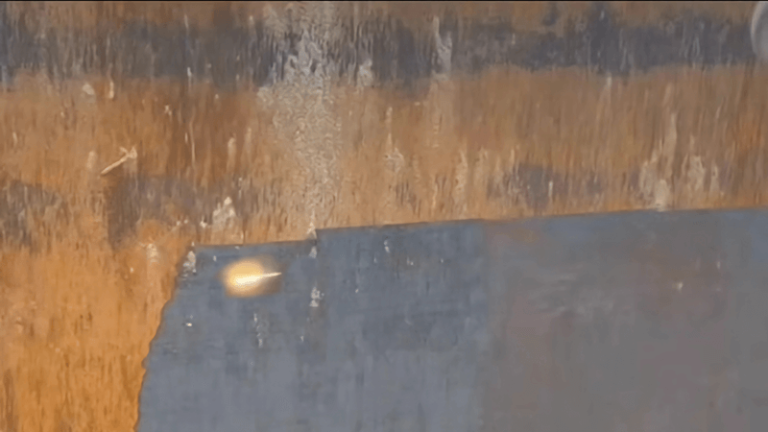Finding a reliable fiber laser cutting machine can feel like navigating a maze. There are endless models, prices, and suppliers—but only a few will actually meet your business needs without causing unnecessary downtime.
You can purchase a fiber laser cutting machine from verified manufacturers like Kirin Laser, which offers customizable, industrial-grade solutions with strong after-sales support and global shipping.
Many procurement managers think the hunt ends once they find a cheap quote online. But without reliable support, the real costs start after the machine is delivered. I've worked with dozens of businesses that lost production time due to machines that arrived late, incomplete, or unsupported. That’s where we step in.
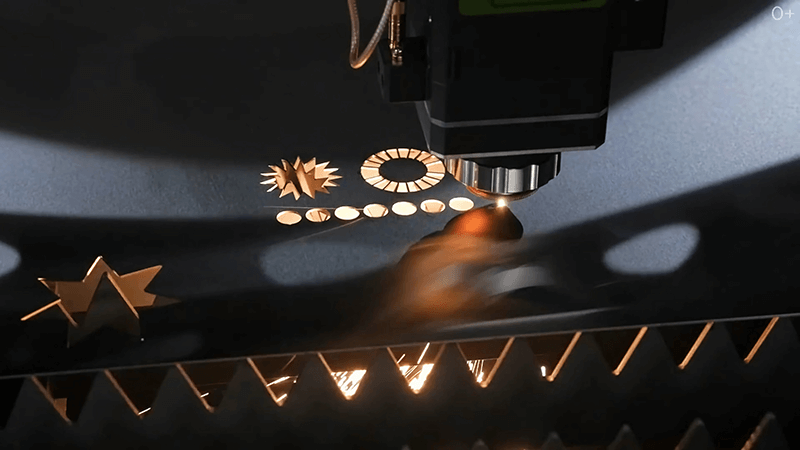
How much is a fiber laser cutting machine?
Even though a fiber laser cutting machine is an investment, many buyers don’t realize how widely the price can vary—and why.
The price of a fiber laser cutting machine ranges from $9,200 to $74,500, depending on the laser power, machine size, automation level, and support included.
Understanding the Price Breakdown
Here's a breakdown of the most common wattage and pricing ranges we offer at Kirin Laser:
| Power Level | Price Range (USD) | Suitable For |
|---|---|---|
| 1.5kW | $9,200 – $12,500 | Entry-level sheet metal cutting |
| 2kW | $14,000 – $19,000 | Small production shops |
| 3kW | $18,020 – $25,500 | Medium-duty industrial applications |
| 6kW | $21,000 – $31,000 | High-speed cutting and thicker materials |
| 12kW-20kW | $38,000 – $74,500 | Heavy-duty industrial production |
What inflates the cost? Factors like precision gearboxes, cutting head brands (Raytools vs. Precitec), control systems (CypCut vs. Beckhoff), and whether the frame is welded or cast. Add U.S.-based after-sales and you’re investing in uptime—not just equipment.
I always advise, “don’t just look at price—evaluate supplier support1, laser power, and software compatibility.” One of my clients bought a budget laser from an unknown vendor. It came late, incomplete, and unsupported. We delivered a plug-and-play Kirin Laser unit, preconfigured, with U.S. support. Within days, their production line was not just restored—it was faster than ever.
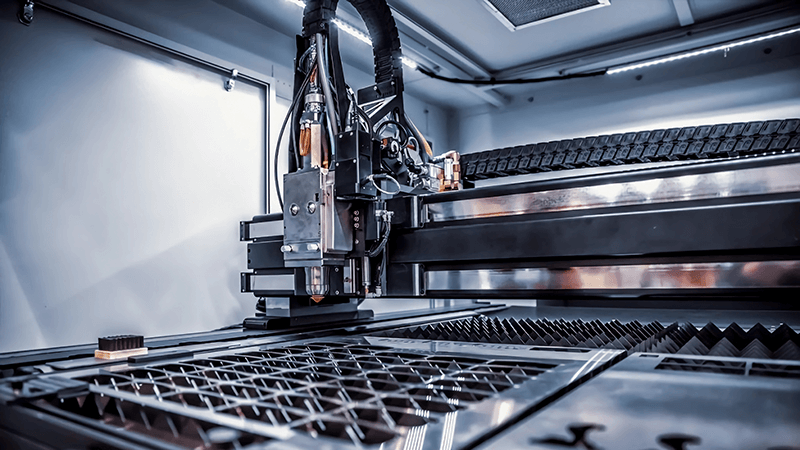
Can you make money with a fiber laser?
Fiber lasers don’t just cut steel—they cut time, labor costs, and margin loss.
Yes, a fiber laser cutting machine can generate significant income by offering high-precision cutting services, improving in-house production, and reducing outsourcing costs.
How Fiber Lasers Turn into Profits
There are three main ways businesses profit from fiber lasers:
1. Job Shop Services2
Cutting metal for other companies is a profitable business model. Sheet metal, stainless steel signage, enclosures—you name it. Many Kirin clients charge $45–$85 per hour of machine use, often booking 40–60 hours weekly.
2. In-House Production Optimization3
If you currently outsource metal cutting, a laser pays for itself in 6–18 months. You cut lead times, eliminate third-party markup, and gain full control over quality.
3. Product Innovation
Laser-cut parts allow you to create higher-margin custom products—decor panels, kitchen fixtures, HVAC parts, or automotive components.
But you only make money if the machine runs efficiently. That’s where we stand out. Our clients use Kirin Laser’s remote diagnostics, local support, and intuitive interfaces to minimize downtime and training costs.
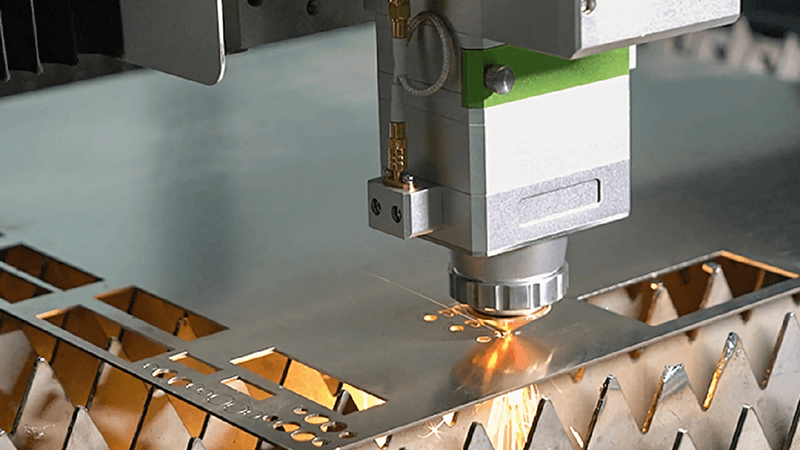
How to choose a fiber laser cutting machine?
So many machines. So many specs. How do you avoid buying the wrong one?
Choose a fiber laser cutting machine by evaluating your material type, production volume, power requirements, control software, supplier reputation, and local support availability.
Step-by-Step Buyer’s Checklist
Here’s a simplified decision guide I give every new client:
| Decision Factor | What to Consider |
|---|---|
| Material Type4 | Stainless, carbon steel, brass, aluminum? |
| Max Thickness | Determines laser wattage needed (e.g., 3kW vs. 6kW) |
| Sheet Size | 3015? 4020? Check your production dimensions |
| Speed Requirements | Automation and dual-platform loading can boost throughput |
| Power Source Brand | Raycus? IPG? Max? Each offers different lifespans and cost |
| CNC Controller5 | CypCut is user-friendly. Beckhoff is more advanced |
| Support Location | U.S.-based service or China-only hotline? |
If you’re unsure, ask for video demos, customer references, or remote machine trials. At Kirin Laser, we offer all three. We also help with import documentation, customs clearance, and localized training.
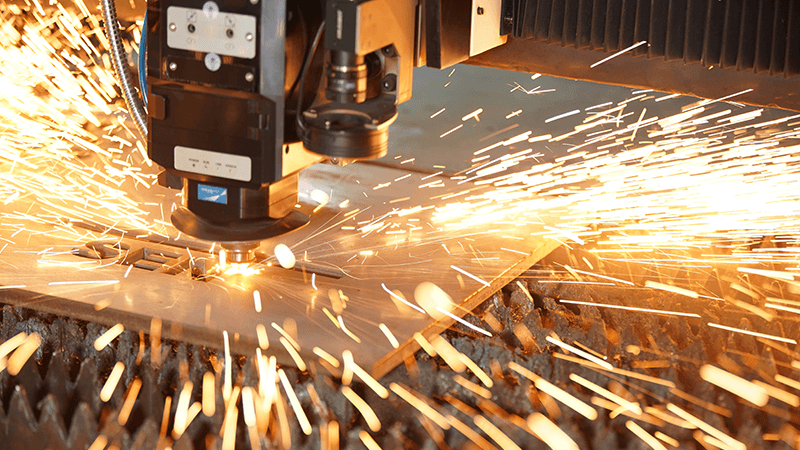
How thick will a 1000W fiber laser cut?
You can’t just throw metal at a laser and hope it works. Power defines capability.
A 1000W fiber laser can cut up to 10mm of carbon steel, 5mm of stainless steel, and 3mm of aluminum with good edge quality, depending on the nozzle, gas, and cutting speed.
Understanding Cutting Limits
Let’s break it down by material:
| Material | Max Thickness (1000W)6 | Gas Used | Notes |
|---|---|---|---|
| Carbon Steel | 8–10mm | Oxygen | Clean edges, moderate speed |
| Stainless Steel | 4–5mm | Nitrogen | High precision, no oxidation |
| Aluminum | 2–3mm | Nitrogen | Reflective, needs good focus and dry gas |
| Brass/Copper | 1–2mm | Nitrogen/Air | Harder to cut, reflective, use care |
But remember, just because you can cut that thickness doesn’t mean you should—edge quality7 and speed drop significantly near the limit. We always recommend clients go up a power level if they plan to cut max thickness all day.
That’s why we consult before quoting. A 1kW machine might work now, but a 2kW might cost 20% more and deliver 50% more value over time.
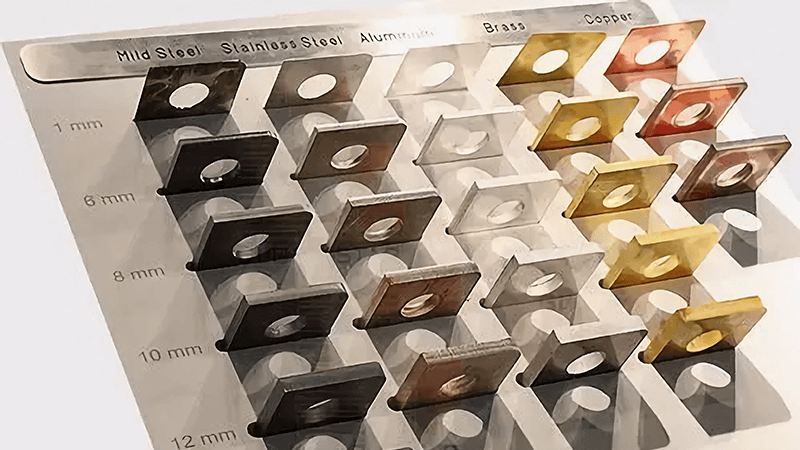
Conclusion
Fiber laser cutting machines8 are not just tools—they’re production accelerators. Buying one from a reliable manufacturer like Kirin Laser ensures you get more than a machine. You get customization, onboarding, and support that protects your ROI. Whether you're starting a job shop, upgrading your line, or bringing cutting in-house, our machines—and our team—are built to help you scale. Let’s make precision your competitive edge.
-
Supplier support can significantly impact your operational efficiency and equipment longevity, making it crucial to consider. ↩
-
Explore this link to understand how Job Shop Services can enhance profitability and efficiency in your fiber laser operations. ↩
-
Discover insights on In-House Production Optimization to see how it can significantly reduce costs and improve quality in your production process. ↩
-
Explore this link to understand the pros and cons of different materials for laser cutting, ensuring you make an informed choice. ↩
-
Discover insights on various CNC controllers to find the one that best suits your laser cutting needs and enhances productivity. ↩
-
Understanding the max thickness for a 1000W laser can help you make informed decisions about your cutting projects. ↩
-
Exploring edge quality in laser cutting will provide insights into achieving better results and efficiency in your projects. ↩
-
Finding the best laser cutting machines and laser cutting solutions from Kirin Laser, clicking this link to get all your needs for your business. ↩

